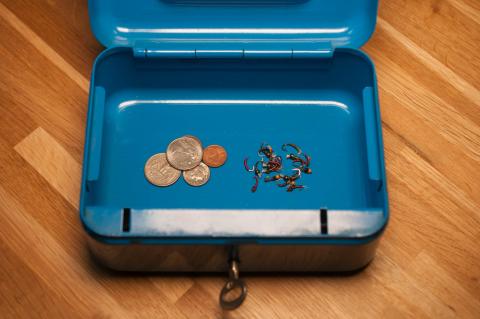Les,
If you click on the picture you will be able to clearly see what's going on. So no, we're not going to use a white board. Maybe a background, which is slightly less confusing than this one, but not a plain, white board. That is simply too boring! ;-)
Martin
- Log in to post comments

